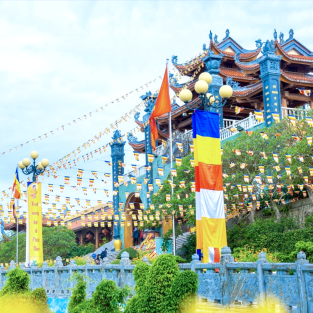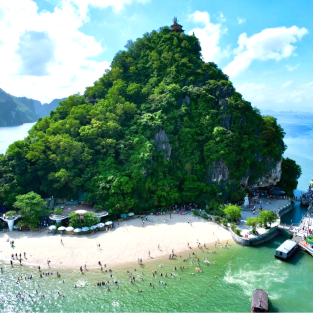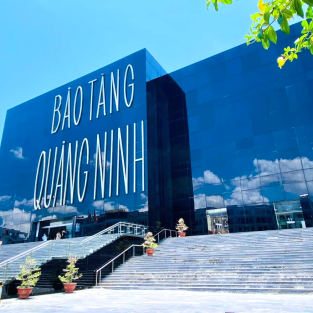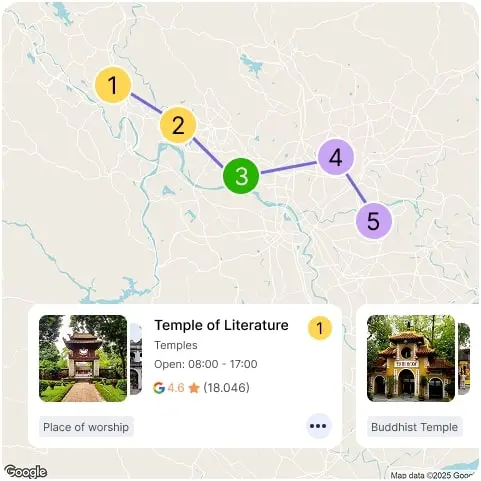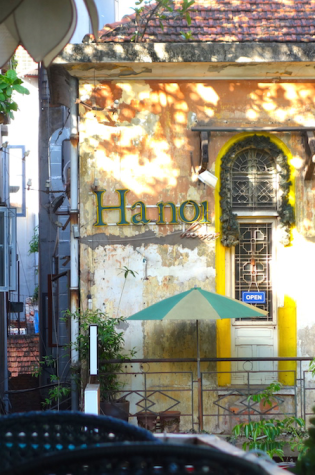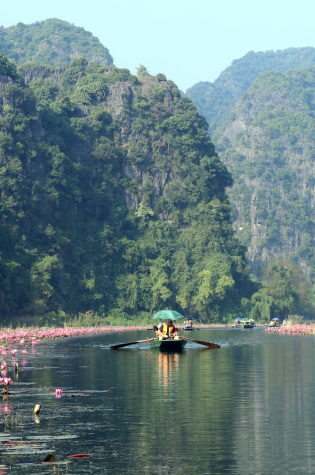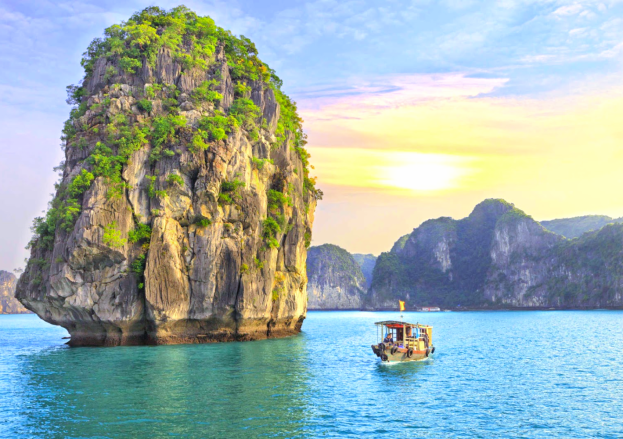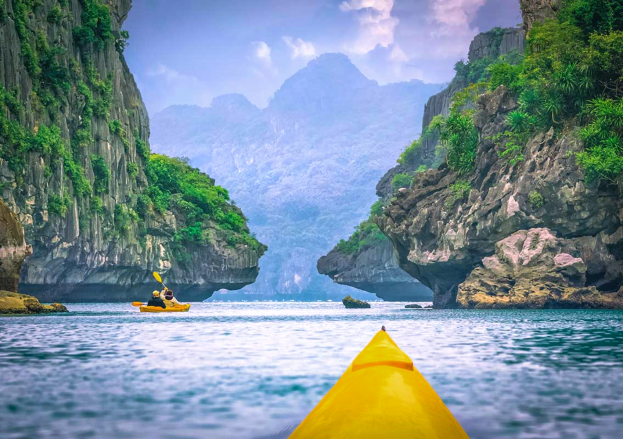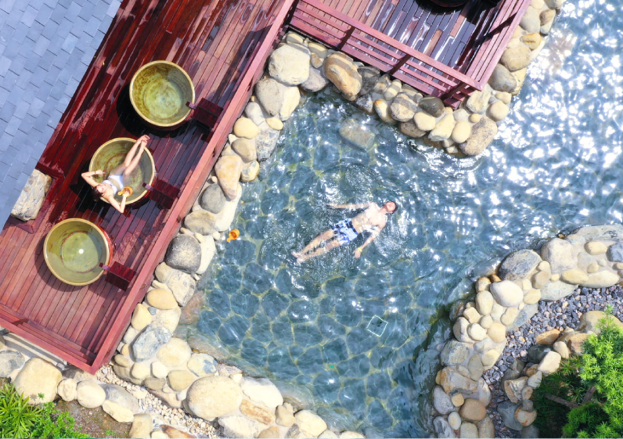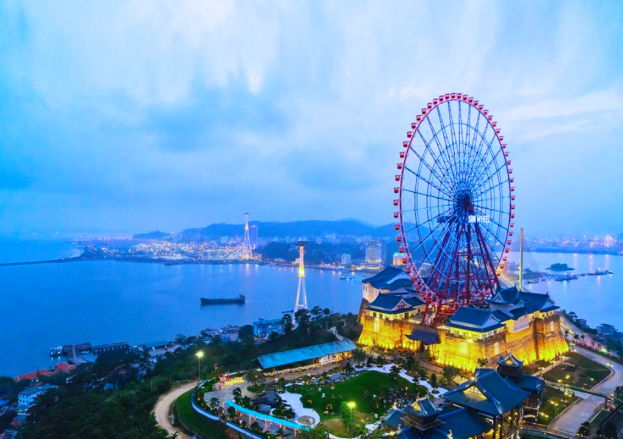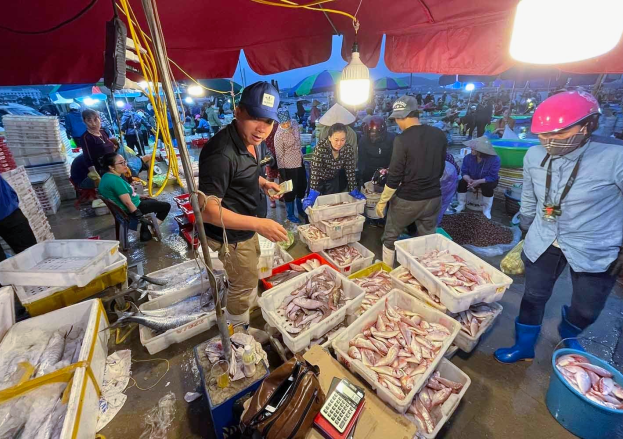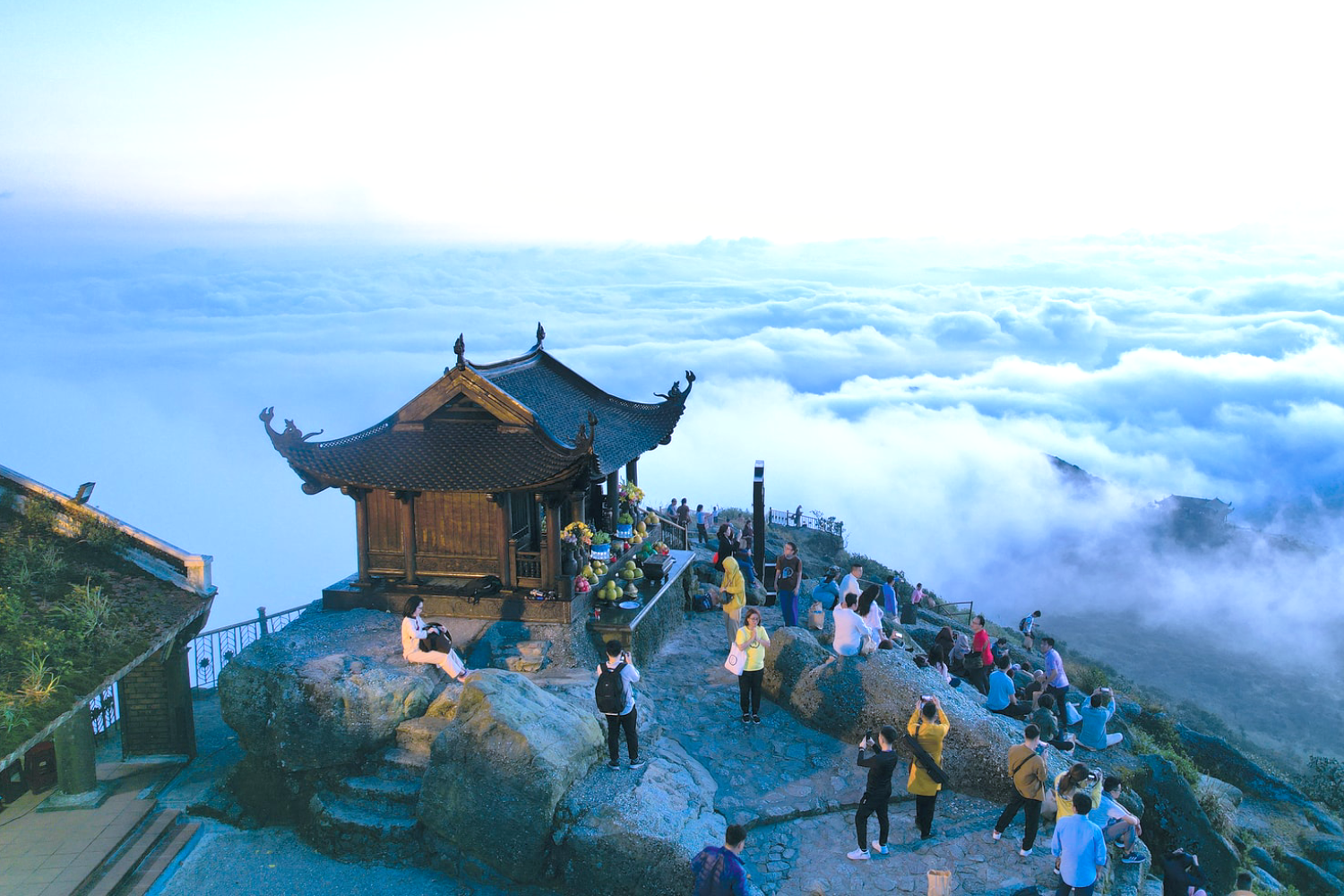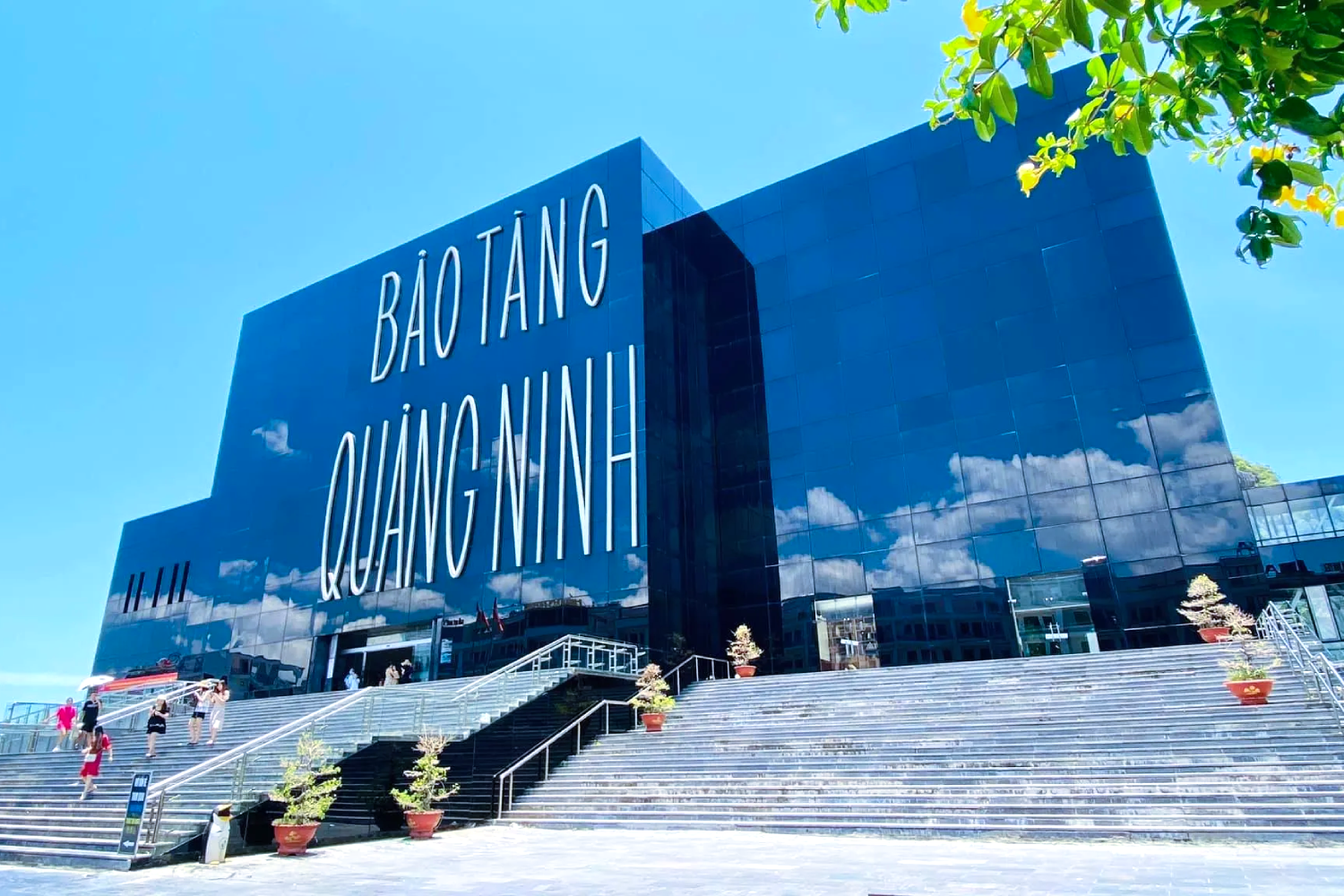Welcome to Quang Ninh — Where Land, Sea, and Sky Converge
Quang Ninh is where Vietnam’s natural grandeur and cultural depth come together in stunning harmony. Nestled along the northeastern coast, this province is home to the world-renowned Ha Long Bay, a UNESCO World Heritage Site of towering limestone karsts and emerald waters. But Quang Ninh is far more than a postcard-perfect seascape.
Venture inland to find the sacred peaks of Yen Tu Mountain, stroll the lively streets of Ha Long City, or discover the unspoiled charm of Bai Tu Long Bay. Here, nature and heritage meet in ways both peaceful and powerful — in mist-covered mountains, bustling fishing ports, quiet temples, and thriving coastal communities. Whether you’re cruising, climbing, or simply pausing to take in the view, Quang Ninh offers a journey rich in atmosphere and meaning.
As one of Vietnam’s most dynamic tourism gateways, Quang Ninh is not just a destination — it’s an experience shaped by contrasts: sacred and adventurous, tranquil and vibrant, timeless and ever-evolving. Welcome to Quang Ninh. Your journey into Vietnam’s hidden wonders begins here.
Bordering China and home to iconic Halong Bay, Quang Ninh is one of northern Vietnam’s most accessible and well-connected provinces — reachable by air, road, and rail.
- By Road: From Hanoi, the journey takes just 2 to 2.5 hours via the modern Hanoi–Haiphong–Halong Expressway. Daily limousine buses run from downtown Hanoi to Halong City, Uong Bi, Cam Pha, and Mong Cai.
- By Air: Van Don International Airport (VDO) is the main gateway to Quang Ninh, just 50 km from Halong Bay. It offers direct flights from major Vietnamese cities like Ho Chi Minh City and Da Nang, as well as international routes from Seoul (Incheon), Taipei, Guangzhou, and charter flights from other Asian hubs. Airport shuttles and taxis connect visitors to key destinations within the province.
- By Train: Trains from Hanoi to Uong Bi or Halong City provide a slower, scenic alternative for travelers with more time.
- From Other Cities: Quang Ninh is well-connected by road from Hai Phong, Lang Son, Ninh Binh, and other northeastern provinces. Ferries and speedboats are also available from Cat Ba and coastal islands.
- Local Transfers: Taxis, buses, and boats make it easy to explore Quang Ninh’s top spots — from the limestone wonders of Halong Bay to remote islands like Co To and border towns like Mong Cai.
Quang Ninh is a year-round destination, with each season offering travelers a unique way to connect with nature, culture, and local life:
-
Spring (Mar–Apr): Average temperature: 20–25°C. Mild and full of cultural energy, this is the best time for spiritual journeys to sacred sites like Yen Tu and for enjoying the region’s natural bloom.
-
Summer (May–Aug): Average temperature: 22–33°C. Lively and sun-filled, ideal for island-hopping, beach activities, and family holidays. Brief rains refresh the air and rarely last long.
-
Autumn (Sep–Nov): Average temperature: 22–28°C. Clear skies, gentle breezes, and golden light make this season perfect for outdoor excursions and heritage discovery.
-
Winter (Dec–Feb): Average temperature: 15–20°C. Cool and peaceful, offering a slower pace to enjoy wellness retreats, hot springs, and traditional villages without the crowds.
Quang Ninh is steadily becoming more inclusive for travelers of all abilities. While some remote areas may still have basic facilities, most urban centers like Ha Long and Uong Bi now offer improved infrastructure and visitor services.
Many major attractions—such as Sun World Ha Long Complex, Quang Ninh Museum, and Yen Tu Spiritual Complex—are equipped with ramps, elevators, and accessible walkways. Cruise ports and ferry terminals have also upgraded facilities to support easier boarding and disembarkation.
Ride-hailing apps and taxis with door-to-door service are widely available, and some local operators offer private tours tailored to visitors with limited mobility. With thoughtful planning, exploring Quang Ninh’s stunning landscapes, cultural sites, and coastal towns is both enriching and accessible for all.


